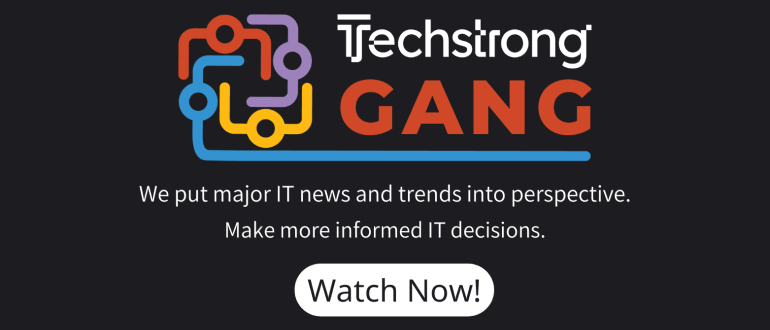In many organizations, IT resources are pushed to the breaking point while users increasingly demand new technologies, features and capabilities. Users who know a thing or two—often just enough to be dangerous—sometimes “expedite” matters by finding their own shadow IT solutions. Organizations can harness those efforts, though, as citizen developers by finding a way for IT and rogue users to work cooperatively toward a common goal.
Shadow IT can be a serious issue. Consequences arise when users store sensitive company data in the cloud using unsanctioned consumer-oriented services such as Dropbox or track customers or sales in a Google Sheets document. The company loses control and oversight of its own information because it no longer knows where it is, and IT can’t adequately protect data or processes it isn’t even aware of. Users who implement maverick solutions put the company and its data at risk.
On the flip side, these users understand best what is needed to get the job done. They’re the ones working in the trenches and whose employment depends on getting their job done effectively. IT might select or develop tools and mandate that users adopt them, but if they don’t deliver all of the capabilities users need—or worse, get in the way of efficient productivity—users often will take things into their own hands.
What if IT and employees work together? That is the promise of the citizen developers movement. It’s a recognition that IT has neither the resources nor the vision to deliver everything users need, while providing rogue users with a sanctioned framework for creating solutions that IT can approve and manage.
Michael Beckley, CTO of Appian, explained that “shadow IT” is a pejorative term used to describe business teams bypassing IT and enterprise architecture governance to purchase systems that may create disconnected silos. Citizen developers can leverage shadow IT or sanctioned IT. Most successful IT organizations embrace low-code platforms and other technologies that enable citizen developers to operate securely and transparently within IT’s domain.
“The best-designed products have always been built with the needs of the user from the outset,” Beckley said. “Who better than citizen developers to design software that enables organizations to transform customer experiences, launch compelling new products and manage risk efficiently? Citizen developers are motivated by the opportunity to create a new reality, not merely accepting the workplace as they found it.”
Organizations typically enable citizen developers by providing a cloud-based, low-code platform that enables IT to create managed integrations to core systems, and maintain governance and security without significantly limiting the creativity of users.
“Citizen developers are most successful when supported by IT,” Beckley said. “One critical area where IT can help is in promoting reuse and modularity in the applications and business processes that citizen developers build.”
Having worked in the trenches as an IT admin, I have firsthand experience dealing with maverick users who try to circumvent policies and go around IT. At the time, I saw that as an attack on my authority in my role as an IT admin. A lot has changed since then, though—both with the technologies and services available, and my own attitude. I have come to recognize that users know best what they want and need, and there should not be an adversarial relationship between IT and users.
By embracing citizen developers, organizations can harness that ingenuity and innovation to help make the whole company more productive.





